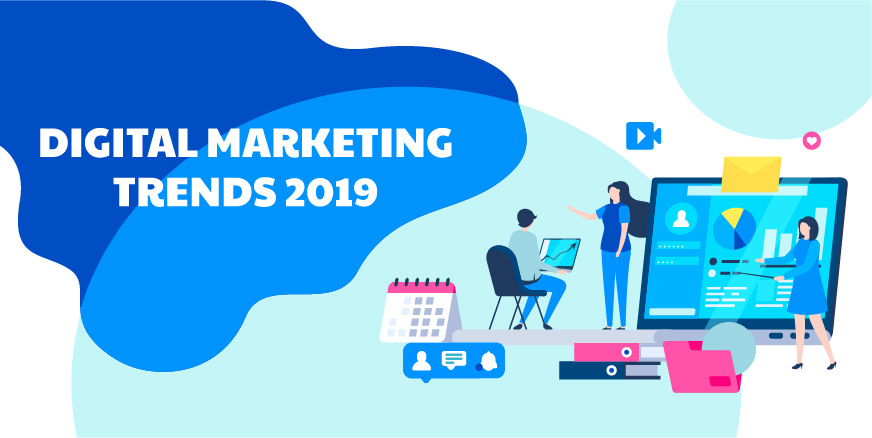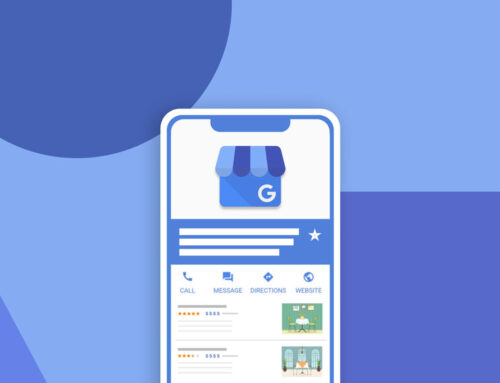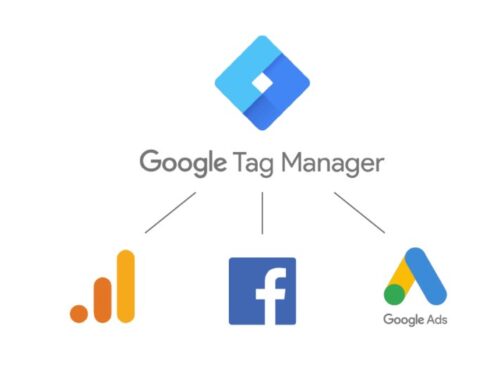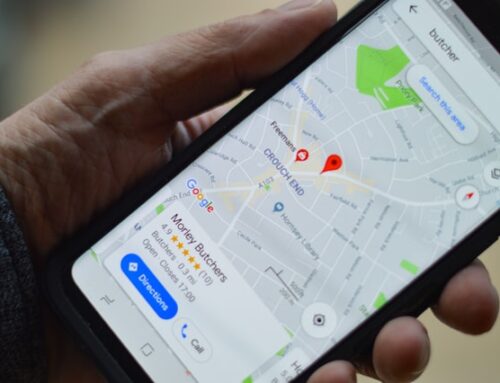
5 Digital Marketing Trends For 2021
Author : Hardeep Singh
April 19, 2024
Digital Marketing trends evolving every year. It is necessary to keep up with the trends.
Marketers should always be aware of the changes in order to easily adapt to new technologies.
This will help them gain a competitive edge and become able to develop new ways to grow your business.
From Artificial Intelligence to Voice Search, we have plenty of new digital marketing techniques in 2021.
All we need is to get in-depth knowledge in these technologies and with no time loss, implement it in your way of marketing.
To help you determine where the trajectory is heading over in 2021, we’ve listed out 5 digital marketing trends in 2021 that you can take advantage of to improve your marketing strategy and meet a desired outcome.
1. Voice Search is Rising:
Think about it: If your digital marketing strategy has a direct effect on your company’s success, and voice search use has a direct effect on your digital marketing strategy, then voice search trends will inevitably affect your business.
Whether or not this will bring positive or negative results depends on how well you adapt your strategy to the changing landscape.
There are a few reasons why it is making a trend nowadays:
Voice search is undoubtedly rising in popularity. By 2020, 50% of all queries will be voice-based according to comscore.
Voice search is faster: People can talk faster than they type.
It is more comfortable: Even if the user is associated with any activities, he can do a voice search easily.
Those that are implemented by smart speakers such as Amazon’s Alexa, Apple Homepod, Google Home and Microsoft’s Cortana which give searchers immediate voice answers to their questions and those that are installed in desktops, and smartphones such as Siri and Google Assistant which display written search results.
Android Auto and Apple Carplay enabled in automobiles facilitate voice assistance while driving.
Businesses should also focus their outreach efforts on using voice engine optimization.
Marketers must use a more natural language SEO to create content accordingly. This requires them to think what their target audience may use in their voice queries as well as focus on long-tail keywords because searchers are likely to be more specific when asking a question. For instance, in one question, a shopper may request information about time, price, location and other details which sound heavy for written search queries.
2. Importance of Content:
As one size doesn’t fit all and customers want more relevancy, the need for a personalized approach in marketing is becoming more critical than ever.
Although delivering the right content to the right audience at the right time is tricky, it will add a big value to your content marketing strategy because it plays a major role in boosting your users engagement rates.
An in-depth customer orient content always works better, and a compromise in the quality will create an adverse effect.
It is an essential component of digital marketing. Before developing the content, it is advised to make the framework to address the needs and necessities of the customers along with the insights of how they will approach.
Always be live on the content marketing platform to make the customers up to date about the brand’s product/services.
3. Live Videos and Stories:
Thanks to Instagram, YouTube, and Facebook, live content is the quickest growing section of internet traffic. The recent years have seen a remarkable growth of this segment.
Live streaming content is effective because it’s free, takes a short time to produce while it offers a real-time user engagement, and viewers use your content based on your time not theirs.
Moreover, it has the ability to generate greater impressions than posts published in the newsfeed, especially if users choose to post them to their stories.
Live streaming content allows marketers to engage with their leads in a quickest way possible, improve their relationship with followers, reach a broader audience and boost their social channels traffic
Live streaming is extremely effective as it is free and can be done with least efforts.
4. Chatbots:
Chatbots will continue to be an important part of digital marketing in 2021.
Imagine a customer service representative that was online 24/7 and could engage with multiple users instantly across a wide range of languages and geographical regions.
This AI-based technology uses instant messaging to chat in real-time, day or night, with your customers or site visitors. With 1.4 billion people interacting with chatbots, 80% of savvy businesses are already using or plan to use chatbots by 2020. And by 2022, chatbots will help businesses save over $8 billion per annum, especially in the banking and healthcare industries.
In 2016, Accenture already reported on the potential bots held for customer service applications: with proper design and implementation, digital agents were capable of satisfactorily resolving 80 percent of chat sessions. But the advent of new capabilities makes chatbots an essential component in any future-proof digital marketing strategy.
Today’s chatbots have grown well beyond the realm of customer service. They drive engagement with hyper-topical alternate reality games and interactive branding tie-ins, field general questions about products and services and even close deals with prospective clients.
5. Artificial intelligence:
Artificial intelligence has been making waves in almost every industry and the AI revolution shows no signs of stopping. From our own research, 80 percent of executives agree that AI will work next to humans within their organization in the next two years . Businesses are catching on that AI can drive profitability in radical new ways and as a result, interest in artificial intelligence is growing exponentially.
AI enables machines and computers to simulate and augment human intelligence. Yep, science fiction is becoming a major part of our reality. Global spending on artificial intelligence (AI) will reach $35.8 billion in 2019, a 44% increase over the previous year. By 2022, spending on AI systems is expected to more than double to $79.2 billion. That’s a lot of coin. It’s expected that Retail will lead this spend with Banks running a close second. From automated customer service (Chatbots) and product recommendations through to fraud analysis and compliance the potential is huge — and it’s not limited to large corporates. Small business can use AI to assist with recruitment, streamlining productivity and data analysis.
Digital marketing is certainly no exception to this trend. As Touchpoints Proliferate and the desire for personally relevant content increases, marketers face mounting pressure to interpret diverse customer behaviors, deliver personalized journeys and optimize an ever-widening range of campaigns. And while they do that, they also need to keep track of the big picture.












